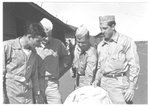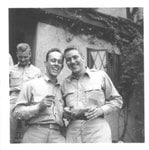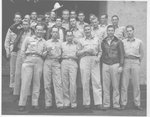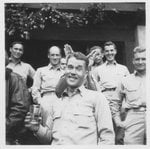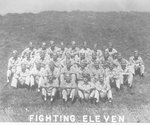Erich
the old Sage
Bill I agree with the 100 plus given to the 8th AF alone, and then we have RCAF/RAF, 15th AF, etc............
JG 7 records are not as complete as one would hope nor are KG 54 when operating as a fighter and bomber unit with the jet
we need to get together my friend hopefully in June, my own dear Father had a quad-bypass several days ago and he looks and sounds like crap-ola. may have to go down south again before months end
JG 7 records are not as complete as one would hope nor are KG 54 when operating as a fighter and bomber unit with the jet
we need to get together my friend hopefully in June, my own dear Father had a quad-bypass several days ago and he looks and sounds like crap-ola. may have to go down south again before months end

